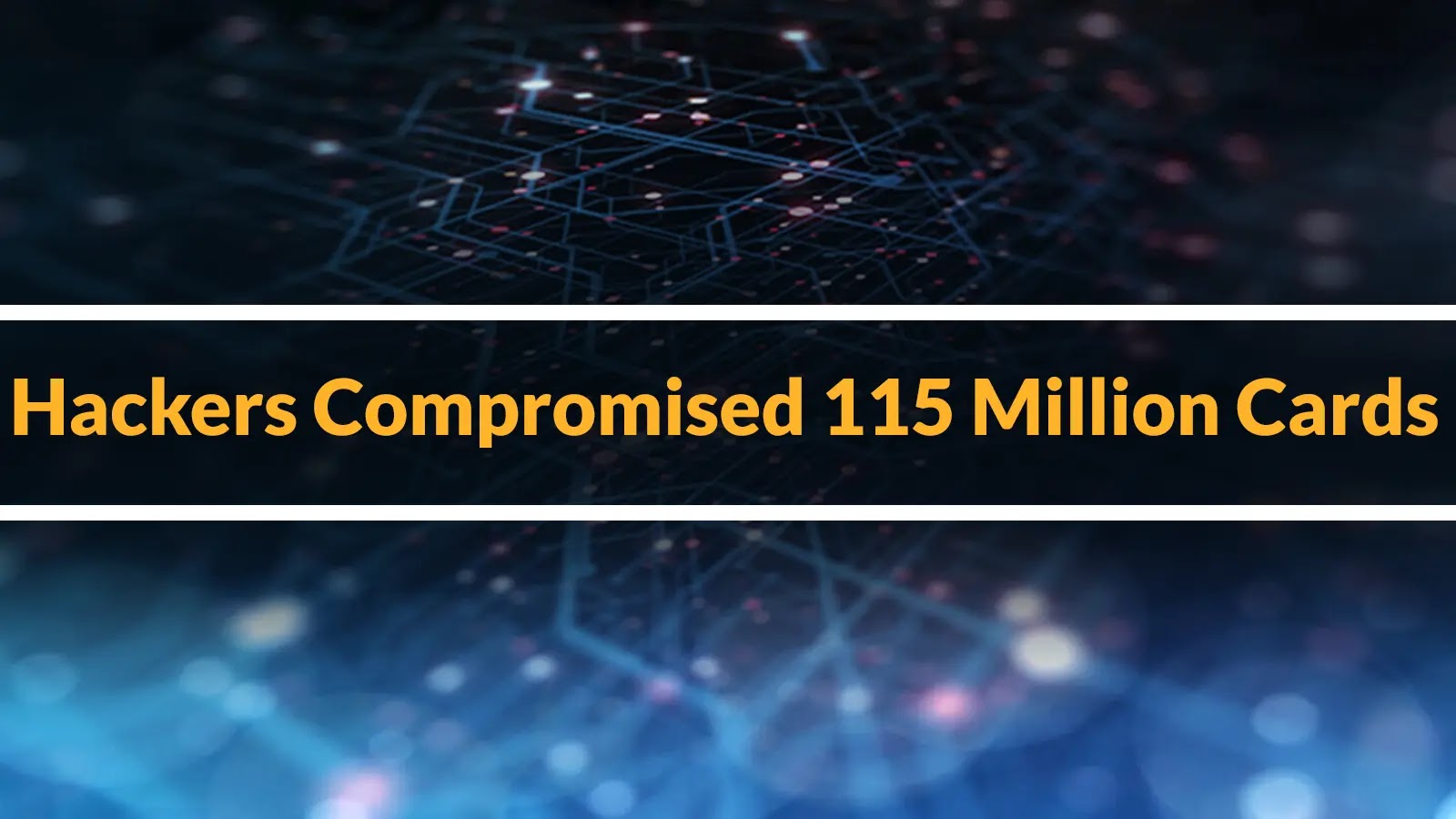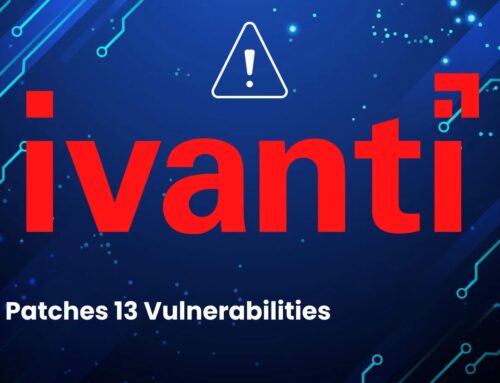
Chinese Hackers Compromised Up To 115 Million Payment Cards In The US
A disturbing revelation has emerged from the shadows of cybercrime, signaling a profound shift in the scale and sophistication of financial fraud. Recent intelligence indicates a highly organized Chinese cybercriminal syndicate has executed one of the most significant payment card compromise operations in history, potentially affecting a staggering 12.7 million to 115 million payment cards across the United States. This unprecedented breach, spanning from July 2023 to October 2024, demands immediate attention from cybersecurity professionals, financial institutions, and the public alike. Understanding the mechanics of this attack and implementing robust defenses is now more critical than ever.
The Anatomy of an Unprecedented Cyber Heist
This cybercriminal syndicate didn’t rely on typical blunt-force attacks. Their operation signifies a significant evolution in financial cybercrime, characterized by a potent combination of advanced methodologies and a vast target scope. The sheer volume of potentially compromised cards highlights a level of organization and technical prowess rarely seen.
Key intelligence points to a multi-faceted approach:
- Advanced SMS Phishing Techniques: Unlike rudimentary attempts, this syndicate employed highly sophisticated SMS phishing (smishing) campaigns. These were likely designed to appear hyper-realistic, mimicking legitimate financial institutions, government agencies, or even delivery services to trick victims into revealing sensitive information. Such campaigns often leverage social engineering tactics to induce urgency or fear, compelling users to click malicious links or provide credentials.
- Broad Compromise Window: The extended operational period, from July 2023 to October 2024, suggests a sustained and well-resourced campaign rather than a one-off attack. This extended window allowed the syndicate ample time to scale their operations, refine their tactics, and potentially bypass evolving security measures.
- Fundamental Paradigm Shift: The reference to a “fundamental paradigm shift” suggests that the attackers introduced new methods or combined existing ones in novel ways to achieve such a massive scale. This could include automated data exfiltration, highly effective credential harvesting, or exploitation of previously unknown vulnerabilities. While specific CVEs linked directly to this operation have not yet been publicly identified, organizations should remain vigilant for new disclosures related to vulnerabilities in mobile operating systems or financial application security (e.g., potential vulnerabilities in SMS handling frameworks or secure payment protocols).
Understanding the Threat Actor: Chinese Cybercriminal Syndicates
The attribution to a “sophisticated Chinese cybercriminal syndicate” underscores the evolving landscape of state-sponsored or state-affiliated cyber threats merging with financially motivated crime. These groups often possess significant resources, technical expertise, and a lack of accountability that allows them to operate with impunity. Their objectives typically extend beyond mere financial gain, sometimes involving data exfiltration for intelligence purposes or destabilization. The scale of this operation, however, strongly points to a primary motivation of monetary fraud at a truly industrial level.
Potential Impact and Implications
The fallout from such a massive breach is far-reaching:
- Financial Losses: Direct financial losses for individuals, banks, and merchants will be immense, involving fraudulent transactions, card reissuance costs, and increased operational expenses for fraud detection.
- Erosion of Trust: Public trust in digital payment systems and financial institutions could be significantly eroded, leading to a decrease in online transactions or a preference for less convenient, but perceived as safer, payment methods.
- Reputational Damage: Financial institutions, payment processors, and potentially even retailers whose systems were leveraged as entry points will suffer significant reputational damage.
- Increased Regulatory Scrutiny: This event will undoubtedly prompt even greater scrutiny from regulatory bodies, potentially leading to new compliance requirements and stricter enforcement of existing data security standards.
Remediation Actions and Protective Measures
Given the nature of this sophisticated attack, a multi-layered defense strategy is paramount for individuals and organizations.
For Individuals:
- Be Skeptical of SMS Messages: Always verify the sender of unexpected SMS messages, especially those containing links. Never click on links in suspicious texts. If in doubt, directly visit the official website of the organization in question.
- Enable Multi-Factor Authentication (MFA): Implement MFA on all financial accounts and sensitive services. Even if credentials are compromised, MFA adds a critical layer of defense.
- Monitor Bank Statements: Regularly review credit card and bank statements for any suspicious or unauthorized activity. Report discrepancies immediately.
- Strong, Unique Passwords: Use strong, unique passwords for all online accounts. Consider using a reputable password manager.
- Credit Monitoring: Consider enrolling in a credit monitoring service to detect potential identity theft or fraudulent new accounts opened in your name.
For Organizations (Financial Institutions, Retailers, Payment Processors):
- Enhanced Fraud Detection Systems: Invest heavily in advanced AI/ML-driven fraud detection systems capable of identifying anomalous transaction patterns indicative of compromised cards.
- Robust Anti-Phishing Training: Implement aggressive and continuous anti-phishing and anti-smishing training programs for employees, emphasizing the latest social engineering tactics.
- SMS Gateway Security: Evaluate and fortify the security of SMS gateways, ensuring they are not vulnerable to spoofing or mass message injection.
- Supply Chain Security: Scrutinize the security posture of third-party vendors, especially those involved in payment processing or customer communication.
- Real-time Threat Intelligence: Subscribe to and act upon real-time threat intelligence feeds to stay abreast of new attack vectors and indicators of compromise (IoCs).
- Incident Response Plan: Maintain a well-rehearsed incident response plan specifically for large-scale data breaches, including communication protocols and procedures for notifying affected individuals.
Key Takeaways for Future Defense
This colossal breach by a Chinese cybercriminal syndicate serves as a stark reminder of the relentless and evolving nature of cyber threats. The move towards sophisticated SMS phishing, combined with an enormous target scope, marks a new era in financial cybercrime. Both individuals and organizations must prioritize robust security practices, continuous vigilance, and adaptive defense strategies. The ability to quickly detect, respond to, and mitigate such large-scale compromises will define cybersecurity resilience in the years to come.





